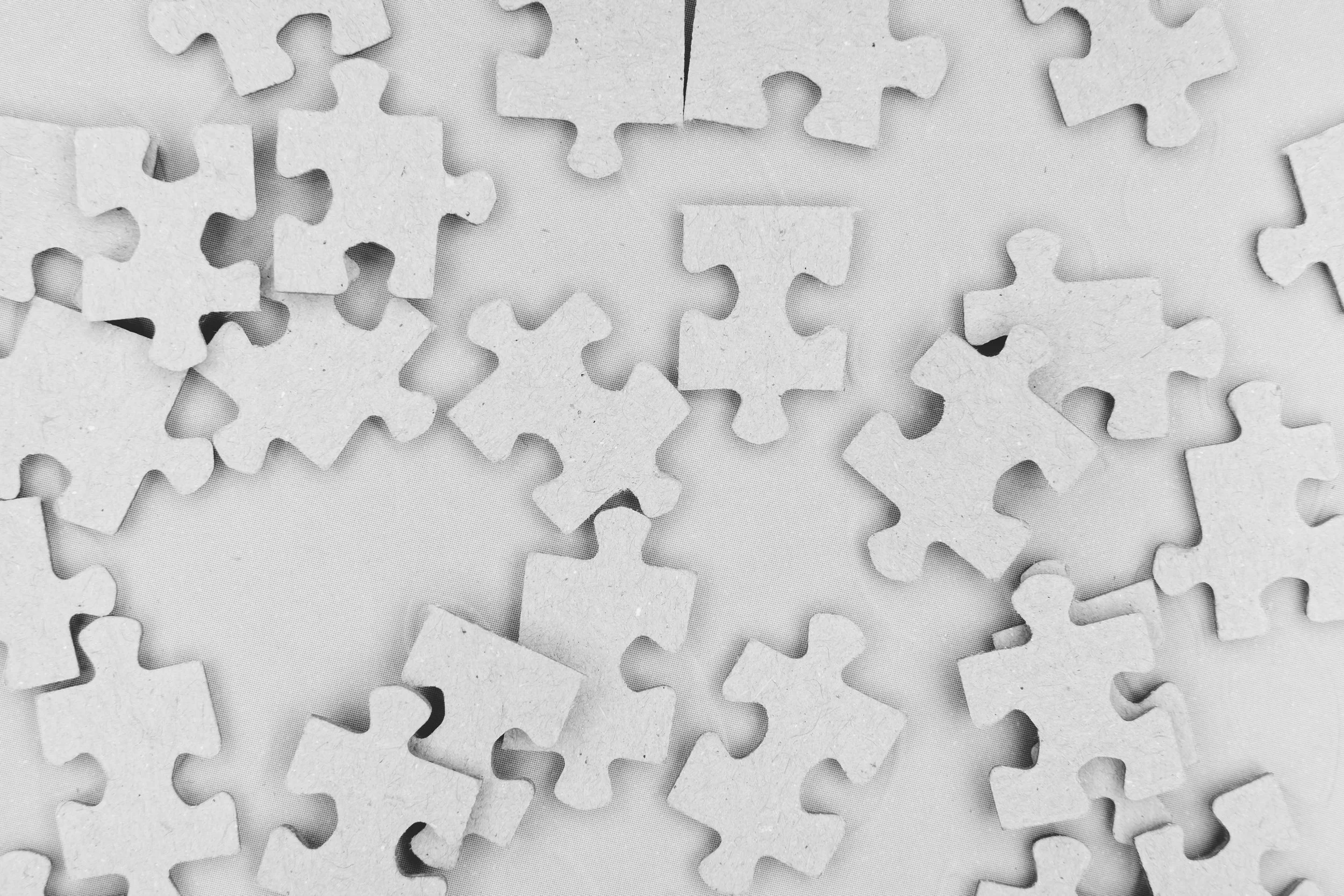A Guide to Goal Setting
Using your digital planner is great, but when you combine it with goal setting it really takes the experience above and beyond. This is where the magic happens.
Step 1: Brainstorming
I like to set aside time to brainstorm and dream about what I want to achieve and accomplish. I usually start broadly with year goals.
A Few Brainstorm Techniques:
Use Your Feelings As Your Compass
When brainstorming I like to be led by my desires. Danielle LaPorte has a fantastic book, The Desire Map, where she goes into detail about using your desires as the basis for your goals. It’s all about how you want to feel and then discovering what you can do to make you feel how you want. I highly recommend it!
Use Life Categories
Think about the different categories of your life and what you could accomplish that would make you feel proud of yourself.
Envision Your Perfect World
Think about what a perfect world would look like for you, and describe what would make the world perfect.
If I do more long-term brainstorming, I make sure to keep it broad and not detailed. This part of the process is only about dreaming and envisioning. No details here!!
Step 2: Find the Common Themes (If There Are Any)
After I do a mass brainstorming, I like to see if there are any common themes. If there are, then I will begin to group the ideas that are similar to eachother.
If there aren’t any common themes, I group ideas into categories. Some of my categories I use are:
Social Media / Analytics
Personal Development
Professional Growth
Movement
Literary
Business Related
Pleasure and Passions
Health
Wellness
Travel
Step 3: Define the Goal(s)
At this point, once I’ve categorized my goals into similar themes or categories, I’ll begin to dive a little deeper into the goal. I’ll ask myself these three questions:
What is the goal?
Why do I want to achieve this goal?
What will success with this goal look like? / How will I know once I’ve achieved the goal?
Step 4: Assign the Goal(s) to a Timeframe
My next step is to assign the goals to a time period. Some goals can only be done in chronological order, some goals aren’t dependent on others; this is where I’ll figure out which types of goals I have.
I like to generally plan my goals with the seasons. So, I’ll have Winter goals, Spring goals, Summer goals, and Autumn goals. I generally don’t assign the goals to a specific date at this point, unless it is a time-specific goal (like travel to Atlanta for Spring Conference April 2-9).
Step 5: Brainstorm Any Challenges
I like to take a few moments to brainstorm any challenges + how I will overcome them in the event they do occur. I make sure to have this step be specific to myself.
For example, I tend to frontload my month heavily, so then by the end of the month I am always exhausted and at the point of burnout. Since I know this, I always make a point to take the beginning of my month slowly and am sure to not overextend myself.
Step 6: Break the Goal into Small Bites
Ok, so we’ve defined the goal, we’ve set a general timeframe for the goal, and we have thought about the challenges. Now is where we break the goal into small pieces.
How I like to think about this is: what is the smallest step I can take each day to get myself closer to achieving my goal?
I’ll write down a list of actions with a checkbox beside it. If at any point, I find that the action I wrote seems overwhelming and unattainable. I break that specific action into even smaller pieces.
The key is to make a plan that allows you to move forwards with little to no thought about “what’s next”.
Sometimes, the plan shifts, but that’s ok. Just adjust your Goal Bites and pick back up where and when you can.
Step 7: Choose the Complete Date
Choose a date to complete the goal.
Some of my goals have broad dates; brainstorm backyard garden plants by the end of March. While some of my goals are specific; on April 6 during lunch time: schedule dental cleaning for May 22.
Whichever type of complete date you choose depends on the goal. Try both out and see what works best for you.
Step 8: Start Making Progress on Your Goal
This is the most important part of goal setting. You can do all the planning in the world, but if you don’t take that first step, it doesn’t mean much.
Starting slow has always worked well for me. I try and do 2-3 things that will help me further my goal each day. Now, if I have many goals I am working on at the same time, I’ll only do 1-2 actions each day so that I don’t get overwhelmed and burn myself out.
Consistency is the most important thing. You’re trying to build up a habit so that it’s second nature.
I hope this Goal Setting blog post has been helpful to you. Feel free to write a comment if you’ve tried any of these tips and share how they worked for you!




